Having spent the last five years hopping between countries across Asia, I’m often asked which spots are worth visiting in this enormous continent. The question always makes me pause – how do you condense such a rich tapestry of cultures, landscapes, and experiences into a simple answer?
“Asia isn’t just one destination, it’s hundreds of unique worlds waiting to be discovered,” says Lee Min-ho, a Seoul-based travel consultant I met during my first trip to South Korea. “From the peaceful temples of Japan to the busy streets of Bangkok, each country tells its own story through its food, people, and traditions.”
While you could spend a lifetime exploring every corner of Asia, most of us need a place to start. That’s why I’ve put together this list of 18 destinations that showcase what makes this continent so special – perfect for both first-timers and seasoned travelers looking for their next adventure.
- Best for street food lovers: Bangkok Night Markets
- Hidden spot for adventure: Cat Ba Island
- Best for culture seekers: Kyoto Temples
- Best for beach time: Palawan
- Best for backpackers: Chiang Mai
- Coolest city experience: Singapore
Tokyo, Japan
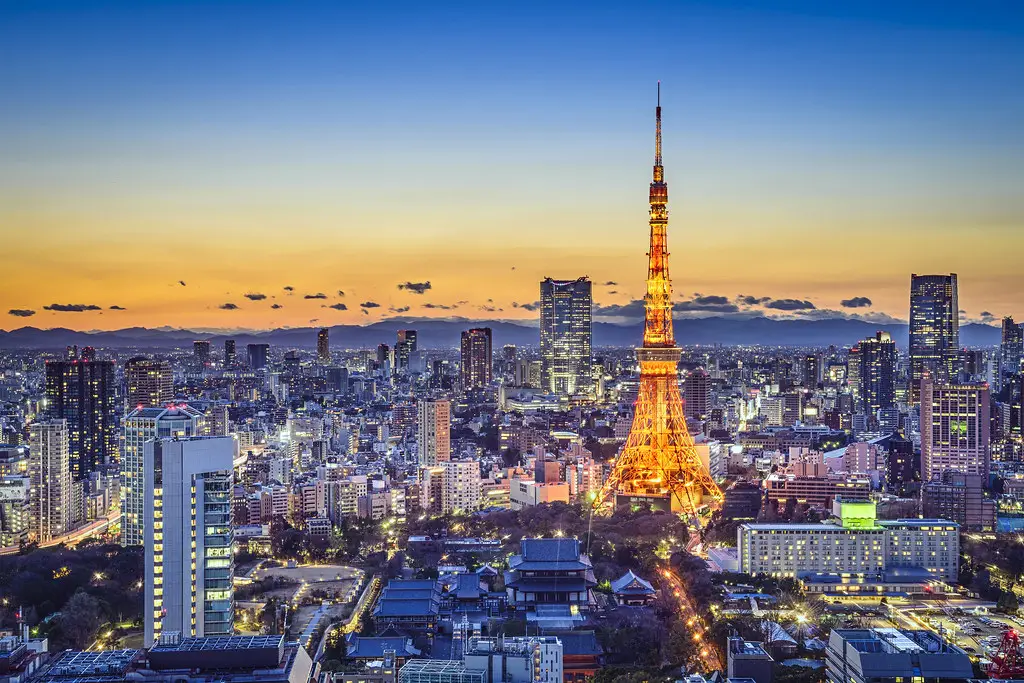
Many travelers flock to Tokyo for its famous Shibuya Crossing and neon-lit streets, but this Japanese metropolis offers so much more than its modern facade. The city seamlessly blends centuries-old temples and traditional gardens with towering skyscrapers and high-tech innovations. You can start your day at the serene Meiji Shrine, then hop on the efficient metro system to explore the anime shops of Akihabara or sample fresh sushi at the Tsukiji Outer Market. While the city comes alive at night with its izakaya bars and karaoke rooms, Tokyo’s quieter side reveals itself in its local neighborhoods, where you’ll find small ramen shops and peaceful cherry blossom-lined streets during spring.
Kyoto, Japan
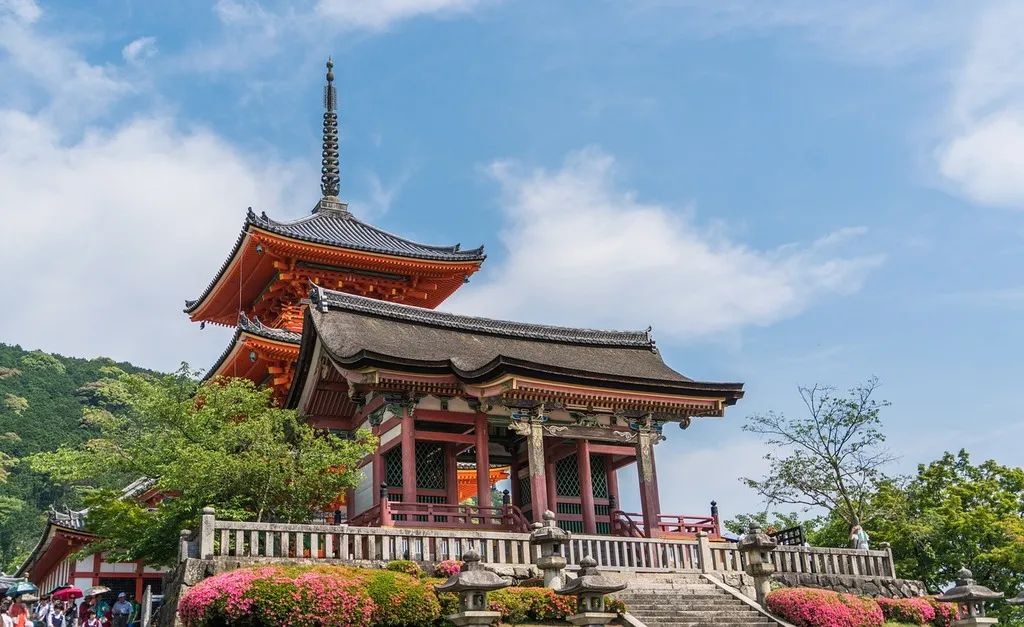
A 2.5-hour bullet train ride from Tokyo brings you to Kyoto, Japan’s cultural heart. While modern Japanese cities rush forward at lightning speed, Kyoto moves at its own peaceful pace, holding onto centuries of tradition. Walking through the narrow streets of Gion, you might spot geishas hurrying between tea houses, their wooden sandals clicking against the stone paths. Thanks to its role as Japan’s imperial capital for over 1,000 years, Kyoto houses more than 1,600 Buddhist temples and Shinto shrines, with the golden Kinkaku-ji and bamboo groves of Arashiyama drawing visitors year-round. The city’s dedication to preserving traditional arts means you can still find master craftsmen making everything from paper fans to intricate kimonos in small workshops that have been running for generations.
Bali, Indonesia
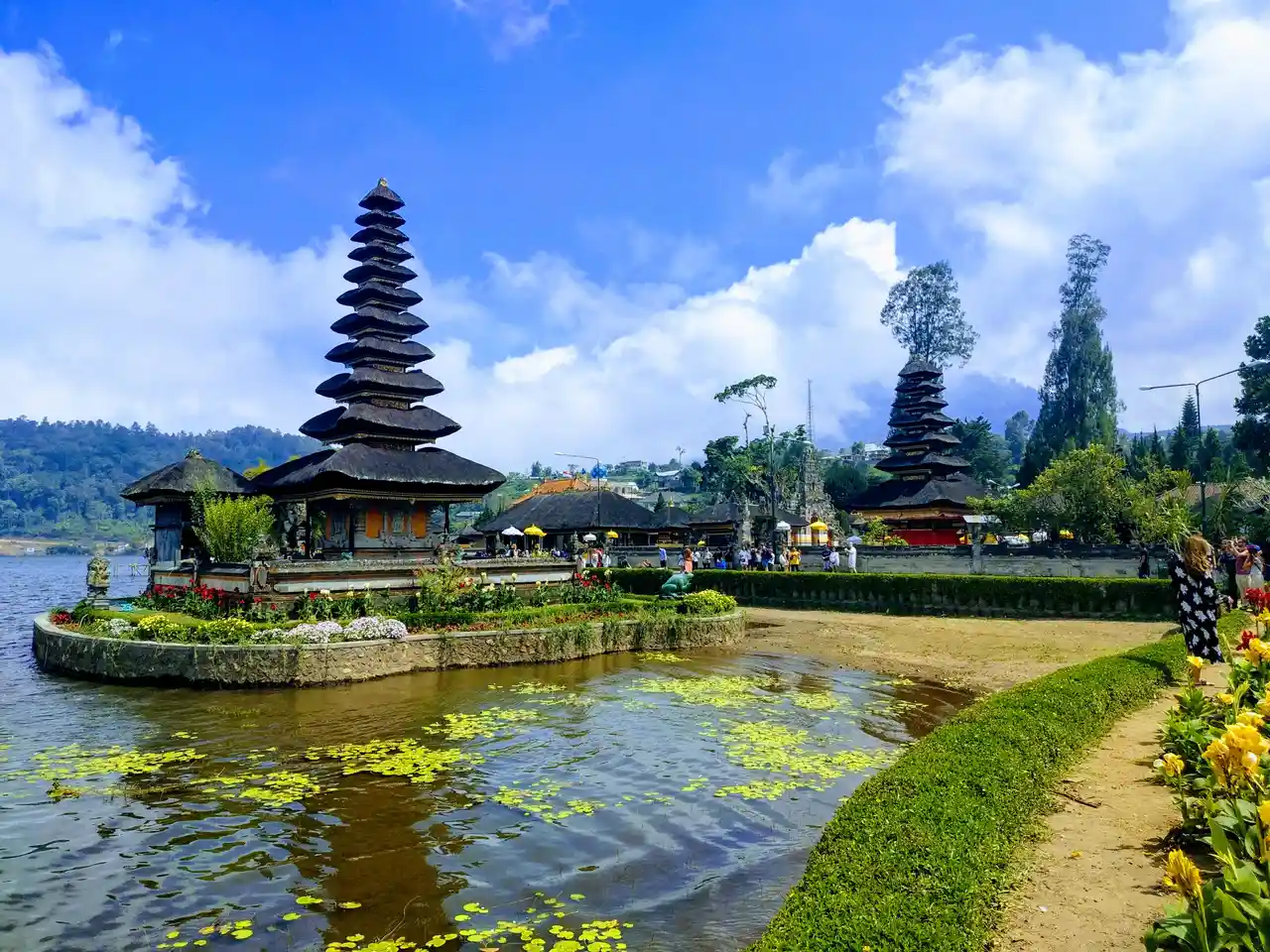
Discover an island paradise where ancient temples meet pristine beaches in Bali, Indonesia. Explore the famous rice terraces of Tegalalang, where emerald-green steps cascade down hillsides, or visit the sacred monkey forest in Ubud to watch playful primates swing through the trees. Head to the beachside town of Canggu for world-class surfing and trendy cafes, or make your way to Uluwatu Temple, perched dramatically on seaside cliffs. For a peaceful escape, take a boat trip to the Gili Islands, where you can snorkel with sea turtles in crystal-clear waters.
Bangkok, Thailand

Thailand’s capital is a city that never sleeps, where ancient temples share street corners with modern shopping malls. The heart of Bangkok beats strongest in its local markets, where the aroma of street food mingles with the sounds of friendly haggling. Unlike other major Asian capitals, Bangkok holds onto its traditional charm – just wander down any soi (side street) and you’ll find monks in orange robes walking past street vendors serving up the city’s best pad thai. Thanks to its position as Southeast Asia’s main transit hub, Bangkok has become a melting pot where old meets new, and where you’re just as likely to find yourself in a centuries-old temple as you are in a rooftop bar overlooking the cityscape.
Singapore
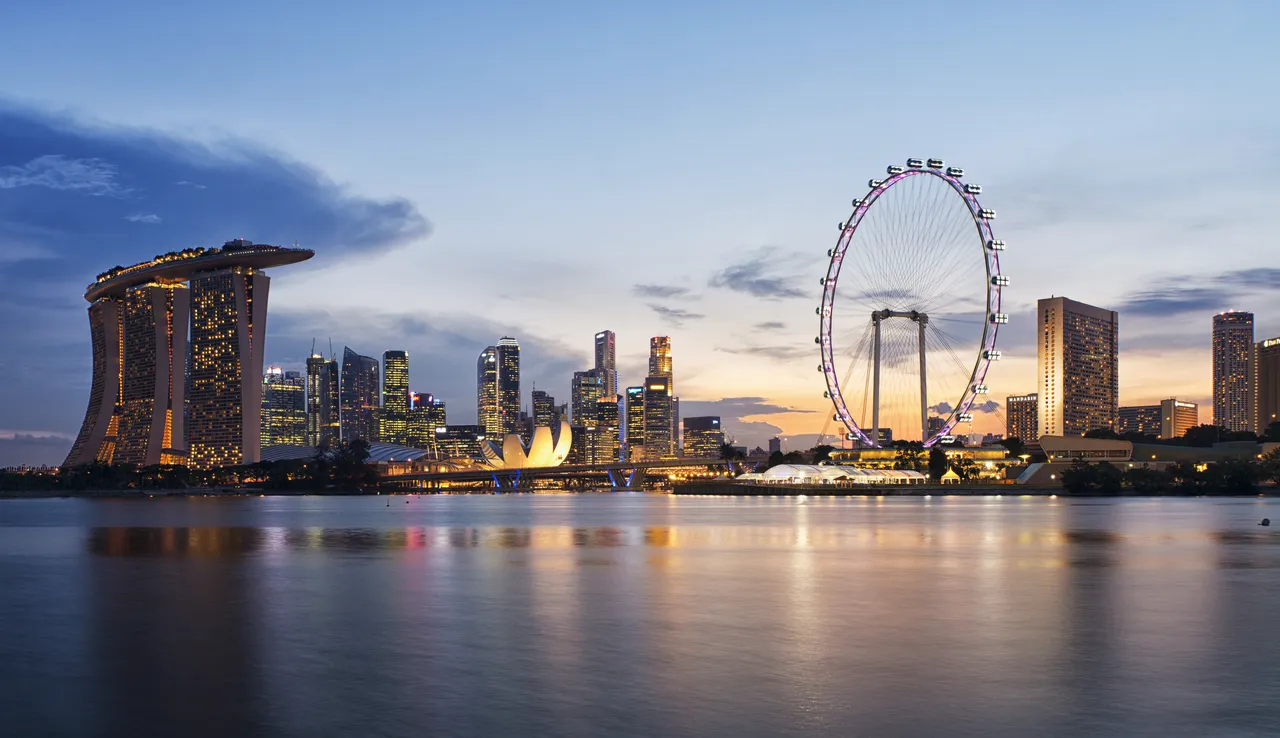
Ever wondered what it’s like to live in a city where futuristic skyscrapers share space with traditional food markets? That’s Singapore for you, a small island nation where old meets new at every corner. A quick walk through the busy streets takes you from the iconic Marina Bay Sands hotel to the lively hawker centers, where $5 can get you some of the best food in Asia. Nature lovers can explore the Gardens by the Bay with its famous Supertrees, while culture enthusiasts will find themselves at home in the narrow lanes of Chinatown and Little India. And if you’re into shopping, the massive malls along Orchard Road never fail to impress.
Seoul, South Korea

Seoul is where old-world charm meets cutting-edge technology in the most natural way possible. From the towering glass skyscrapers of Gangnam to the traditional hanok houses of Bukchon, this city seamlessly blends its rich cultural heritage with modern innovations. Wandering through the maze-like streets, you’ll find yourself moving from peaceful Buddhist temples to bustling night markets, and from quiet tea houses to booming K-pop concerts. While most visitors come for the food scene – think sizzling Korean BBQ and street-side tteokbokki – they end up staying for the unique neighborhoods, each with its own personality and story to tell. It’s not just a city to visit; it’s a place that shows you what tomorrow might look like while keeping one foot firmly planted in yesterday.
Mind-Blowing Fact:
Did you know that Seoul operates one of the world’s most extensive underground shopping malls, with over 18 miles of interconnected pathways filled with thousands of stores, food courts, and entertainment venues? These underground shopping centers were originally built as bomb shelters during the Cold War but have since become a major attraction where locals escape the summer heat and winter cold while enjoying endless retail therapy.
Hong Kong
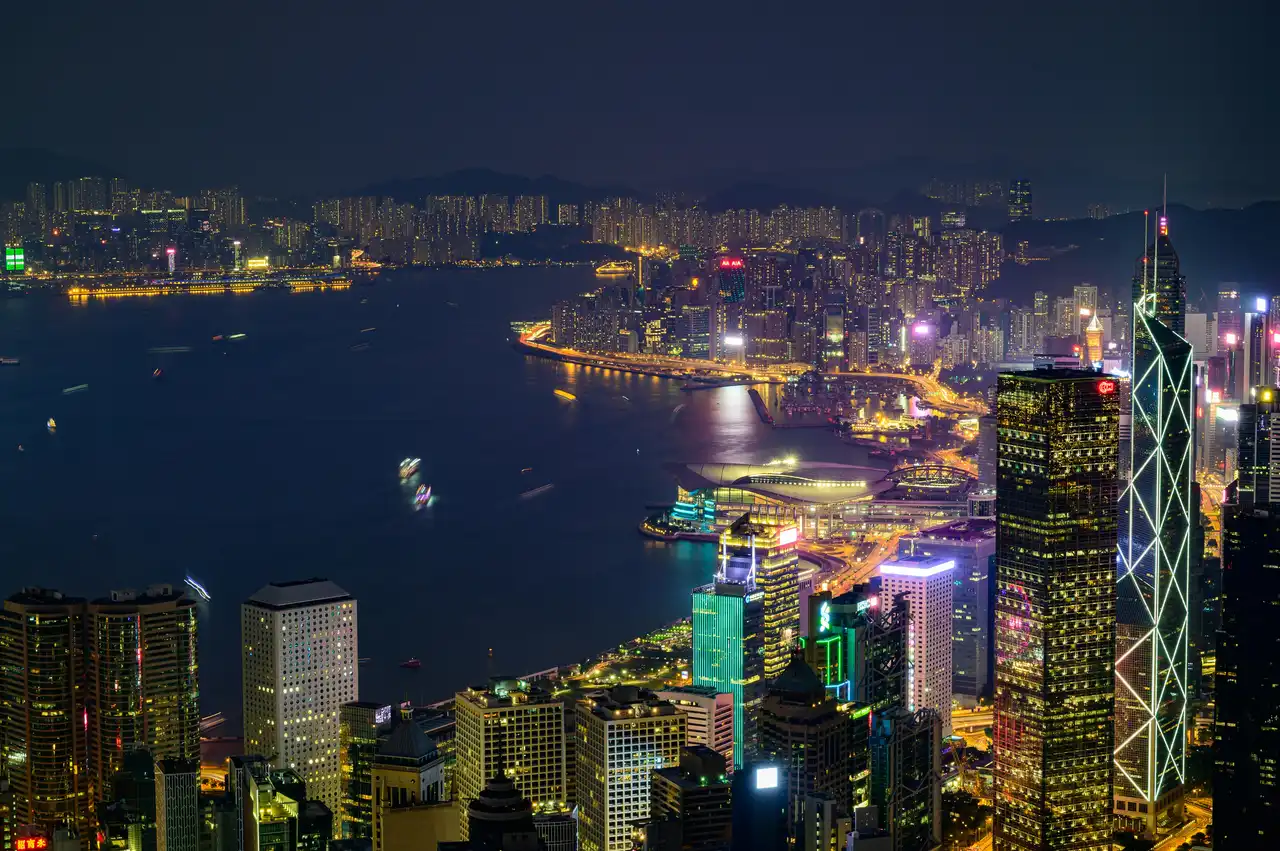
From my travels through Asia’s megacities, Hong Kong stands out as a place where old meets new in the most fascinating ways. This densely packed city manages to squeeze traditional dim sum restaurants and ancient temples between gleaming skyscrapers and ultra-modern shopping malls. Taking the historic Star Ferry across Victoria Harbor gives you front-row seats to the city’s famous skyline, while a trip up to Victoria Peak offers a bird’s-eye view of the concrete jungle below. What really makes Hong Kong special isn’t just its urban core – venture beyond the city center and you’ll find hiking trails, quiet fishing villages, and hidden beaches that most tourists never see.
Siem Reap, Cambodia
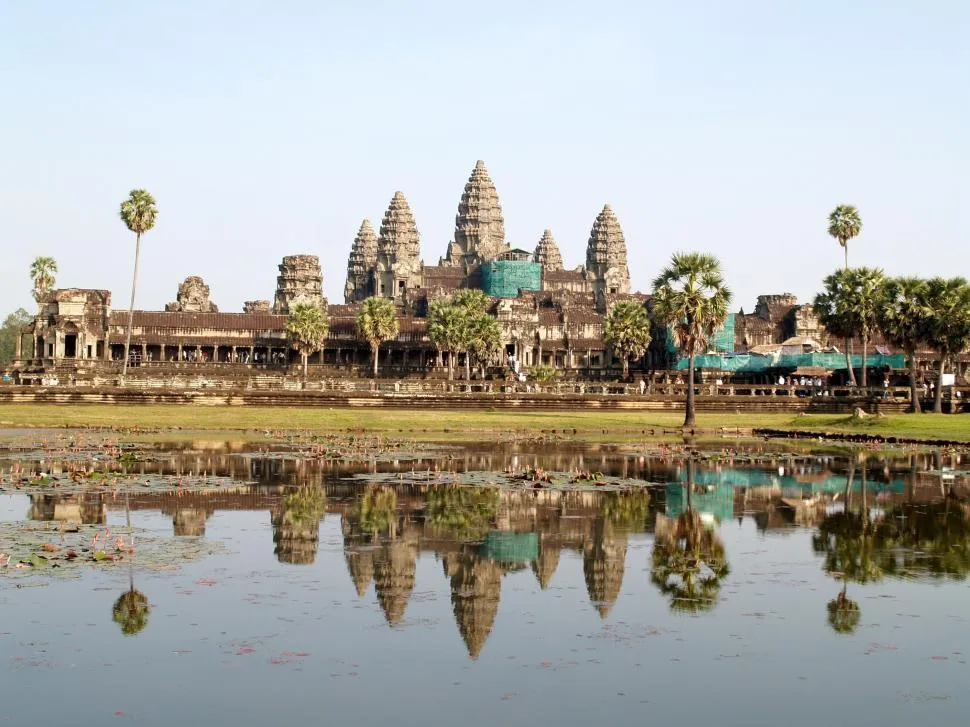
I first visited Siem Reap in 2018, drawn by the ancient temples of Angkor Wat. This small Cambodian city sits at the doorstep of what was once the largest religious complex in the world. The well-preserved ruins of the Khmer Empire stretch across miles of jungle, with Ta Prohm temple showing how nature and architecture have become one as massive tree roots wrap around centuries-old stones. Beyond the temples, Siem Reap’s French Quarter charms visitors with its colonial architecture, while the night markets come alive after sunset with local street food and handicrafts. Along the Siem Reap River, cafes and restaurants serve traditional Khmer cuisine, letting you taste recipes passed down through generations.
Ha Long Bay, Vietnam
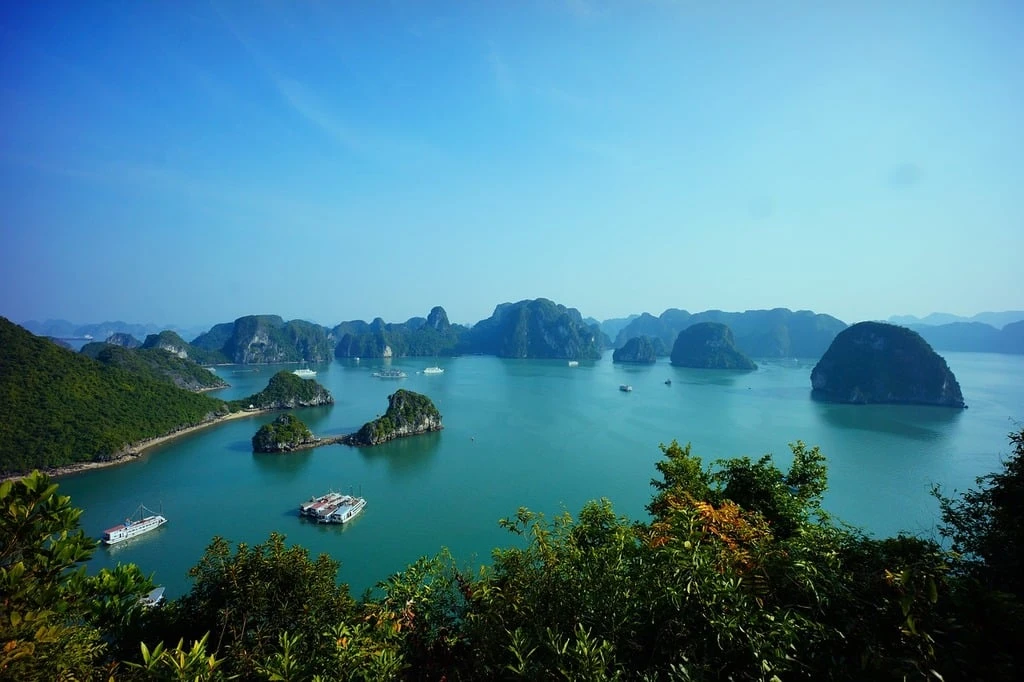
Sail through emerald waters dotted with thousands of limestone islands when you visit Ha Long Bay, a UNESCO World Heritage site in northern Vietnam. The bay’s unique landscape was formed over 20 million years, creating a maze of rocky outcrops and hidden caves that you can explore by traditional junk boat. Join a day trip to swim in secluded coves, visit floating fishing villages, or kayak around the towering karst formations. For the best experience, book an overnight cruise to watch the sunset paint the bay in golden hues and wake up to misty morning views of this natural wonder.
Mind-Blowing Fact:
You might think Ha Long Bay’s 1,600+ limestone islands look like something out of a fantasy movie, but this UNESCO World Heritage site was actually formed over 500 million years of geological activity and erosion. Local legend says the bay’s unique landscape was created by a family of dragons who descended from the heavens, spitting out jade and jewels that turned into the scattered islands we see today.
Maldives
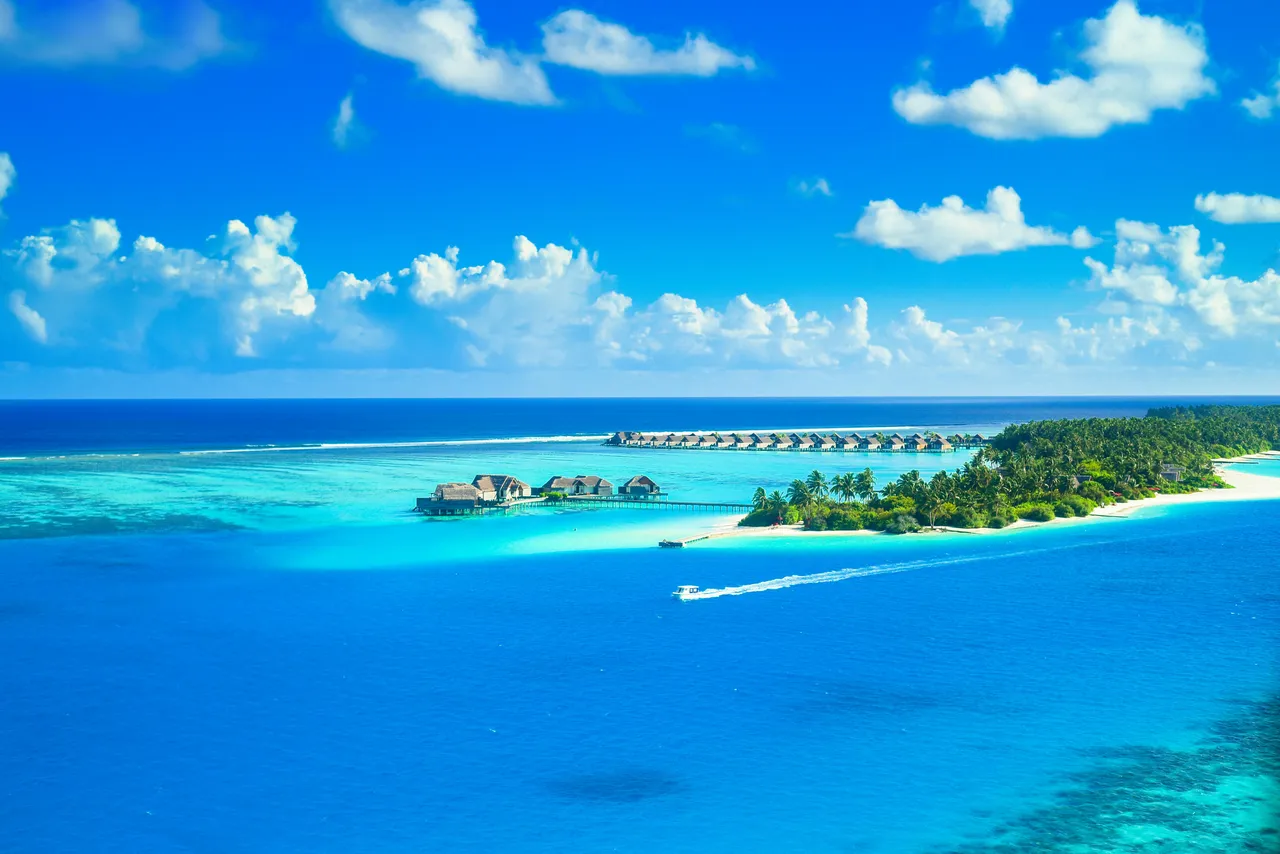
Float away to paradise in the Maldives, where countless islands dot the crystal-clear Indian Ocean waters. Stay in overwater bungalows that let you step right into the warm sea, where colorful fish swim beneath your feet. Many resorts offer their own private islands, complete with white sand beaches and palm trees swaying in the breeze. For underwater adventures, join a guided snorkel tour to spot sea turtles and reef sharks, or book a sunset cruise to watch dolphins play in the waves. The Maldives is also perfect for honeymoons – imagine candlelit dinners on the beach and couples’ massages in open-air pavilions.
Chiang Mai, Thailand
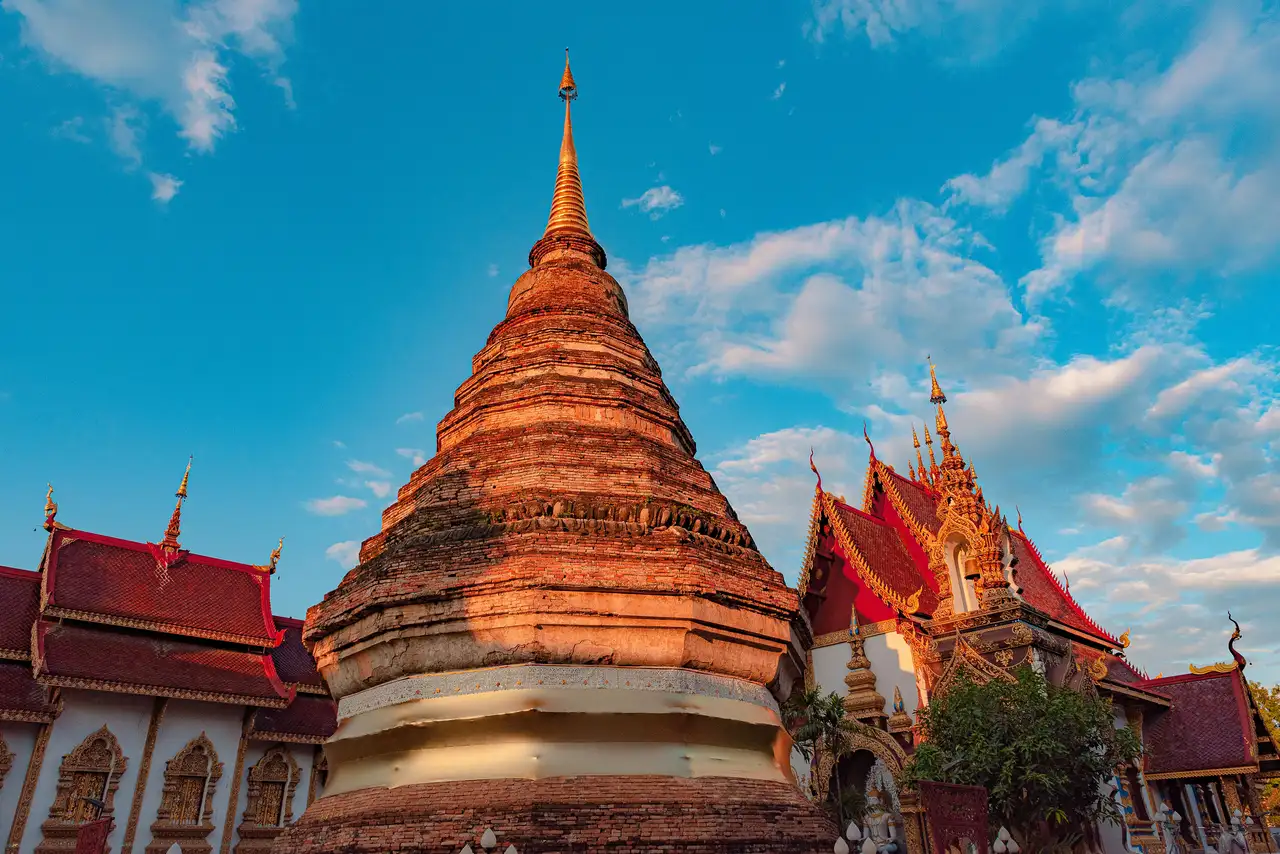
Many travelers come to Chiang Mai for its ancient temples and night markets, but this northern Thai city offers much more than just cultural sites. The surrounding mountains and forests create perfect conditions for activities like zip-lining and elephant sanctuary visits, while the Old City’s narrow lanes hide hundreds of workshops where local artisans still practice traditional crafts. During November’s Yi Peng festival, thousands of paper lanterns float into the night sky, but you’ll find Chiang Mai’s laid-back charm and excellent food scene engaging any time of year.
Taipei, Taiwan
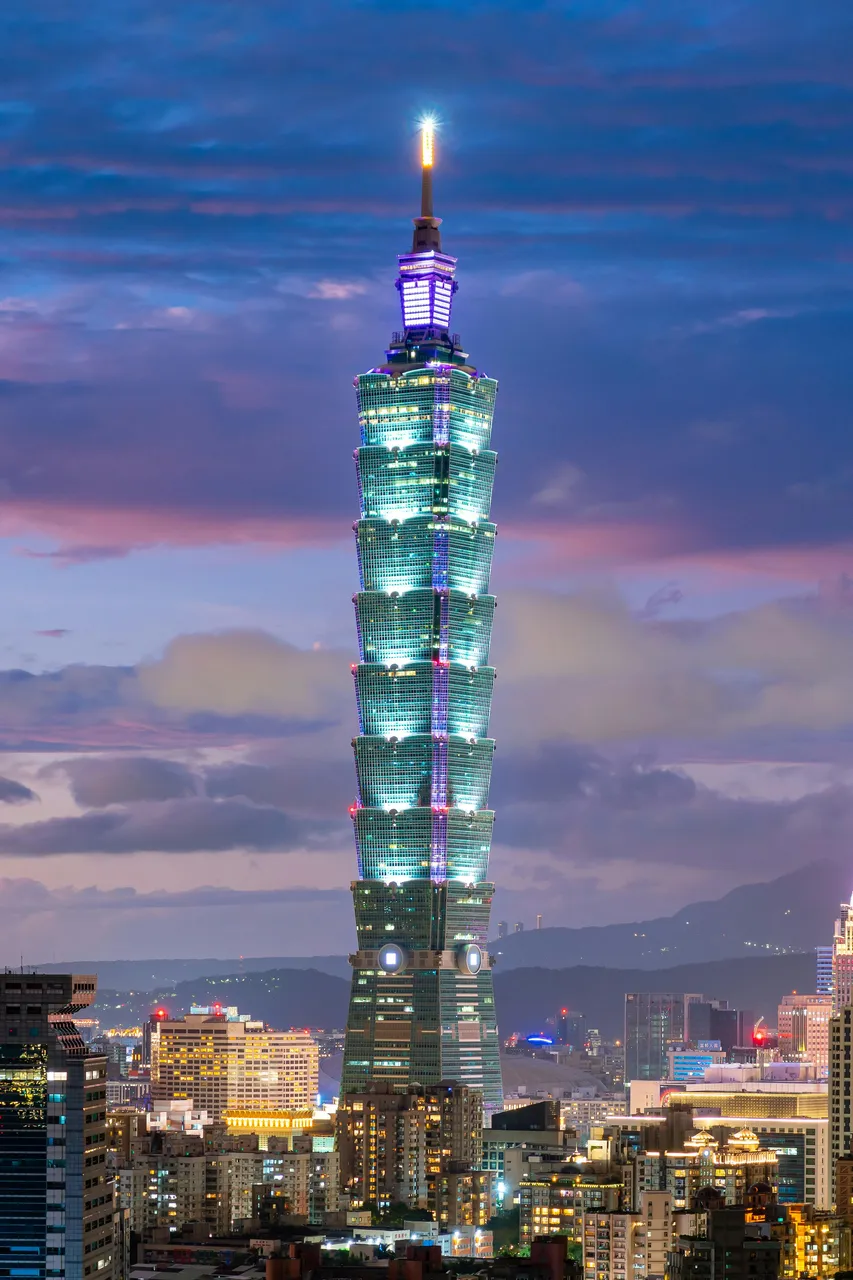
Many travelers come to Taipei for its famous night markets and street food scene, but Taiwan’s capital city offers much more than just culinary adventures. The city seamlessly blends ancient temples with modern attractions like the towering Taipei 101 skyscraper, while the surrounding mountains provide excellent hiking opportunities at Yangmingshan National Park. Throughout the year, various festivals celebrate Chinese culture and tradition, but you’ll find plenty to explore in Taipei any time you visit – from the peaceful Longshan Temple to the busy shopping districts of Ximending.
Shanghai, China
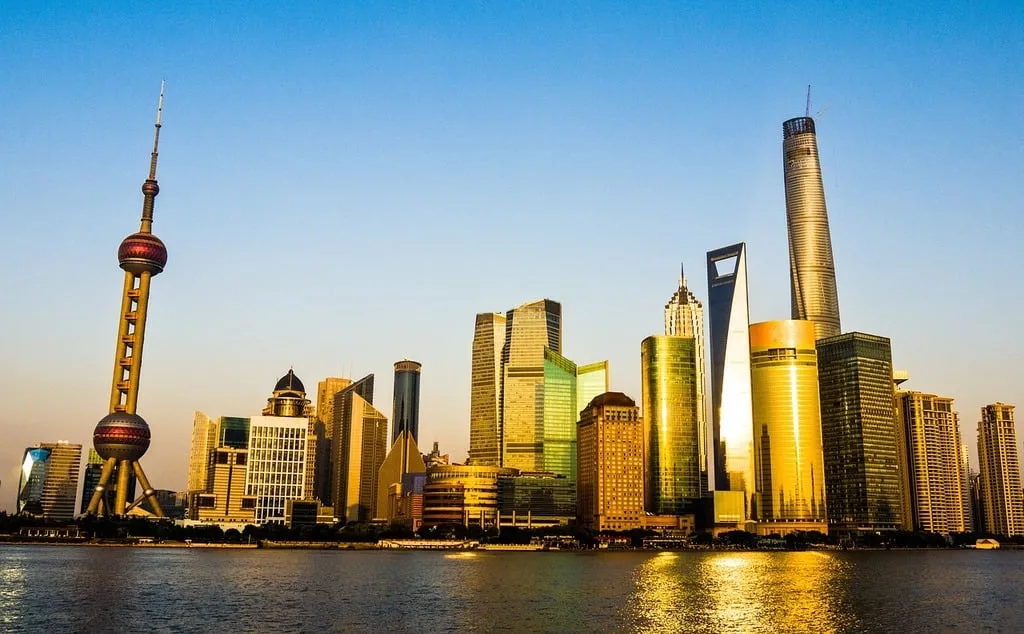
Experience the best of old and new China in Shanghai, where ancient temples sit beside gleaming skyscrapers. Take a stroll down the Bund, a waterfront area lined with colonial-era buildings on one side and the modern Pudong skyline on the other. For a taste of traditional Shanghai, wander through Yu Garden’s peaceful pavilions and koi ponds, then head to Nanjing Road to shop at both local markets and luxury boutiques. Don’t miss a chance to zip up to the observation deck of the Shanghai Tower, the world’s second-tallest building, where you can see the entire city spread out below you like a living map.
Kuala Lumpur, Malaysia
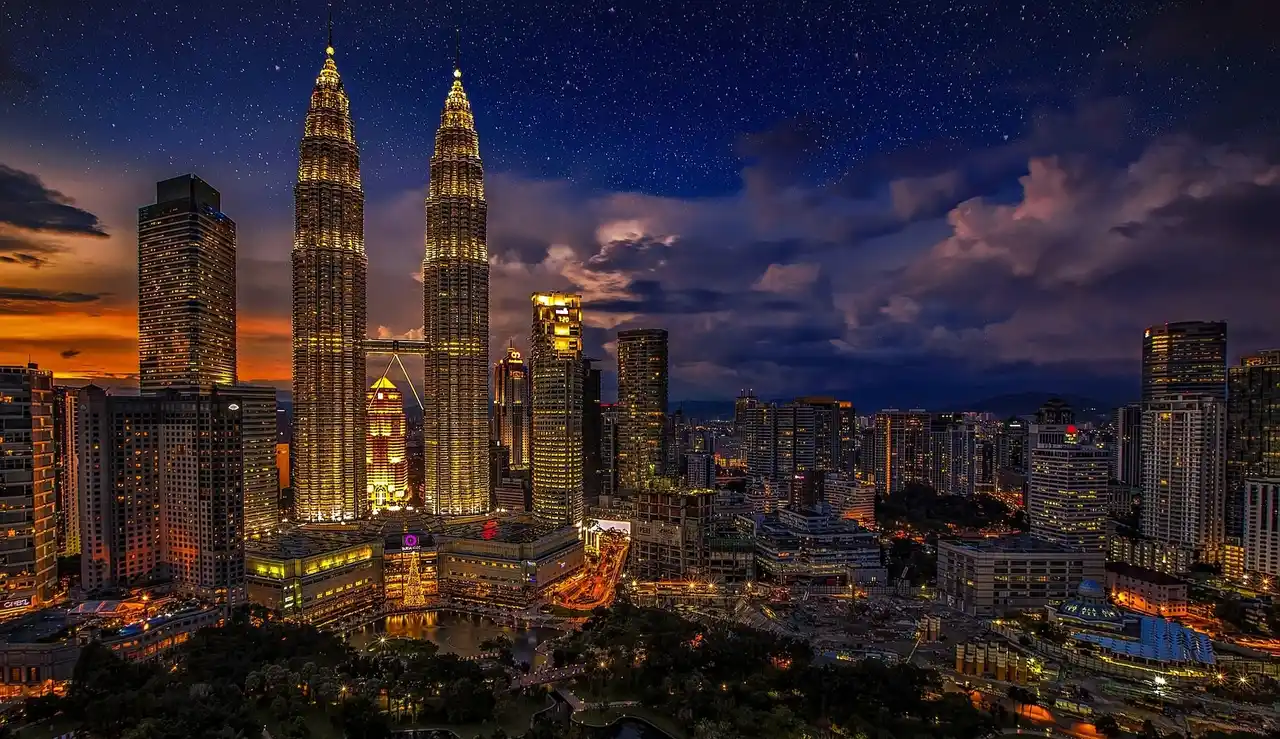
Kuala Lumpur stands out as one of Southeast Asia’s most dynamic cities, where old-world charm meets modern innovation at every corner. This Malaysian capital draws visitors with its mix of gleaming skyscrapers like the iconic Petronas Towers and traditional street markets filled with the aromas of local cuisine. Walking through neighborhoods like Bukit Bintang and Chinatown, you’ll find yourself moving between air-conditioned mega-malls and open-air food courts where locals gather for their favorite satay and nasi lemak. It’s a city that never quite sits still – the streets buzz with activity from dawn until well past midnight, and there’s always a new restaurant, rooftop bar, or cultural festival to discover.
Udaipur, India
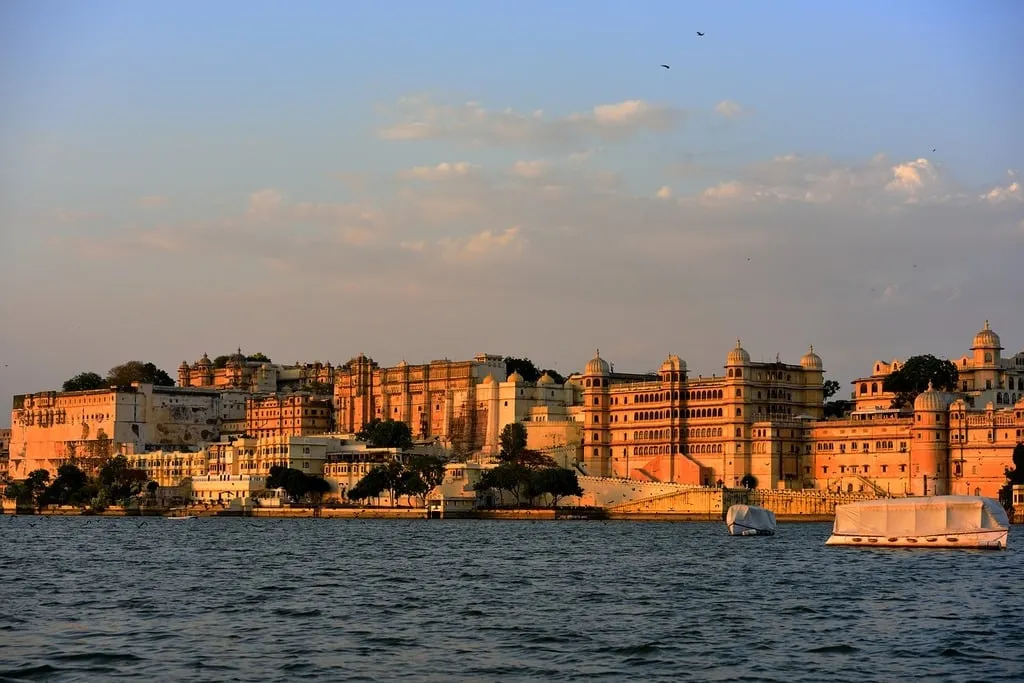
Known as the “City of Lakes,” Udaipur has stolen my heart like no other place in India. This Rajasthani gem spreads across the banks of Lake Pichola, where white marble palaces rise from the water like something out of a fairy tale. As you wander through the narrow lanes of the old city, you’ll find yourself passing ancient havelis, local artisans painting miniatures, and temples that have stood watch for centuries. While the floating Lake Palace gets most of the attention, it’s the everyday scenes of local life – women in colorful saris gathering at ghats, children flying kites from rooftops, and the evening aarti ceremonies – that make Udaipur feel like a living museum of India’s royal past.
Luang Prabang, Laos
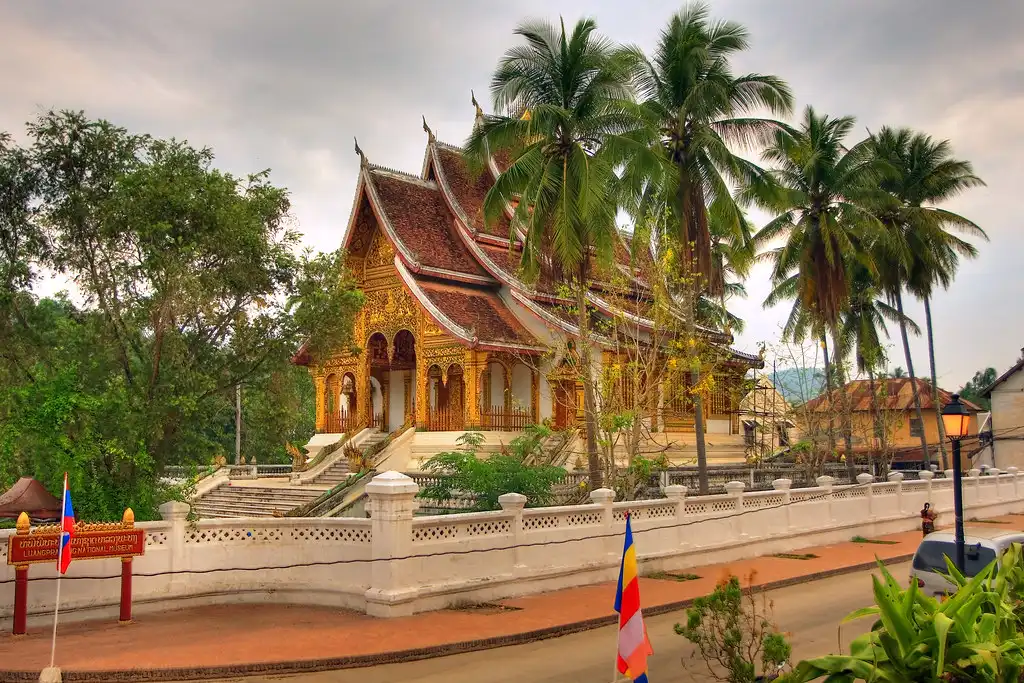
Ever watched Buddhist monks collect morning alms at sunrise? It’s an everyday scene in Luang Prabang, a peaceful city nestled between the Mekong and Nam Khan rivers in northern Laos. The former royal capital blends French colonial architecture with golden temples, creating a uniquely laid-back atmosphere that earned it UNESCO World Heritage status. You can join cooking classes to master traditional Lao dishes, climb the 328 steps of Mount Phousi for river views, or browse the night market where local hill tribe vendors sell handwoven textiles. Don’t miss the nearby Kuang Si Falls, where three-tiered cascades form natural swimming pools in the jungle.
Boracay, Philippines
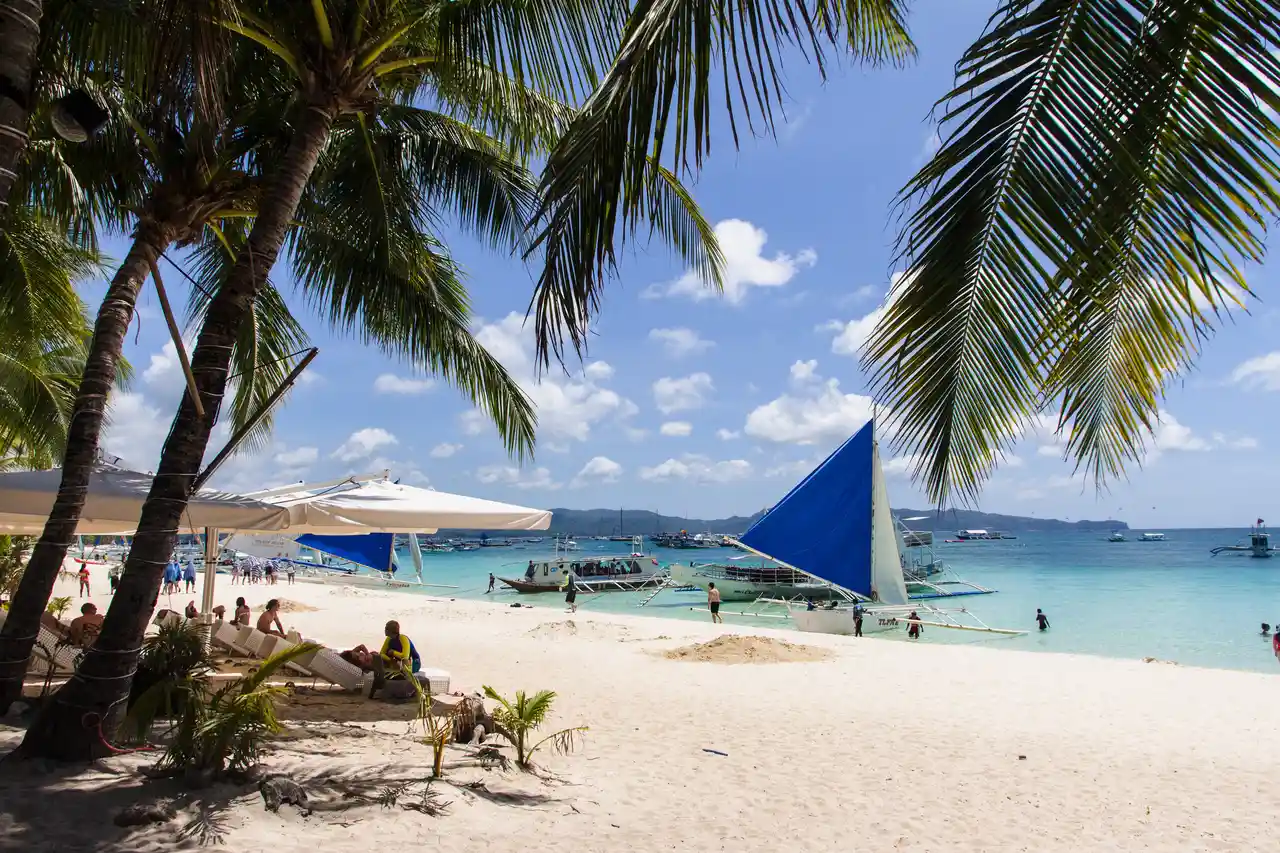
I first visited Boracay back in 2017, right before its temporary closure and rehabilitation. This small island in the Philippines’ Western Visayas region floats like a pearl between the Sulu and Sibuyan seas. White Beach, the island’s main attraction, stretches for nearly three miles along the western coast, where powdery white sand meets crystal-clear waters in perfect harmony. Local restaurants and bars dot the shoreline, while traditional paraws – sailboats with distinctive orange sails – drift across the horizon at sunset. The island’s quieter Puka Beach on the northern tip offers a more laid-back atmosphere, where you can find locals collecting tiny puka shells that wash up on shore, once used to make the jewelry that made this beach famous.
Jaipur, India
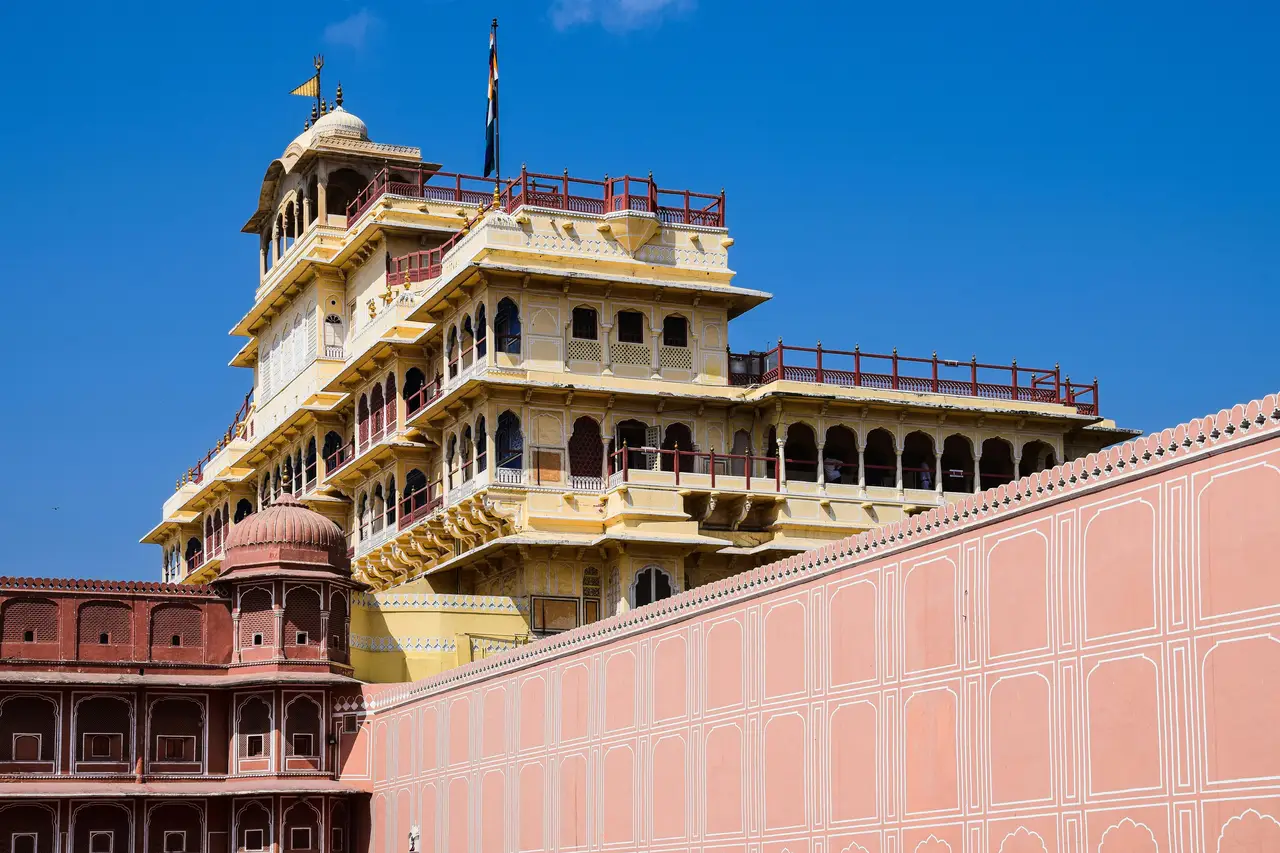
Have you ever seen a pink city shimmer in the morning sun? That’s the magic of Jaipur, where sandstone palaces and intricate facades paint the skyline in rosy hues. The capital of Rajasthan blends old-world charm with modern Indian life – picture ancient forts and maharajas’ palaces alongside busy street markets and contemporary cafes. You can wind your way through the maze-like City Palace, ride elephants up to the mighty Amber Fort, or bargain for textiles in the bustling bazaars of the Old City. Just outside town, you’ll find the fairytale-like Jal Mahal, a palace that seems to float on Man Sagar Lake, while the nearby Aravalli Hills offer peaceful hiking trails away from the city buzz.

